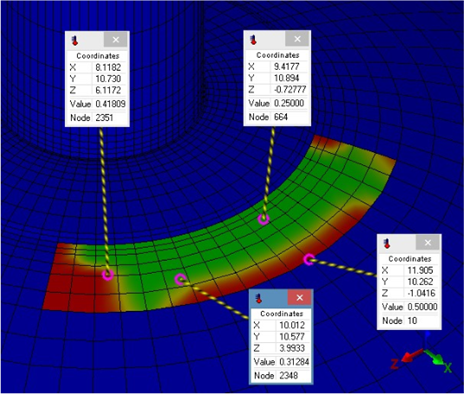
Design By Analysis: Stress-Based Approaches to Evaluating External Loads in Nozzles
The evaluation of flange designs has evolved with the incorporation of Code Case 2901 (CC 2901) into ASME Section VIII, Division 1 (UG-44(b)) and Division 2 (4.16.12). While external loads have always been a consideration under UG-22, the...










